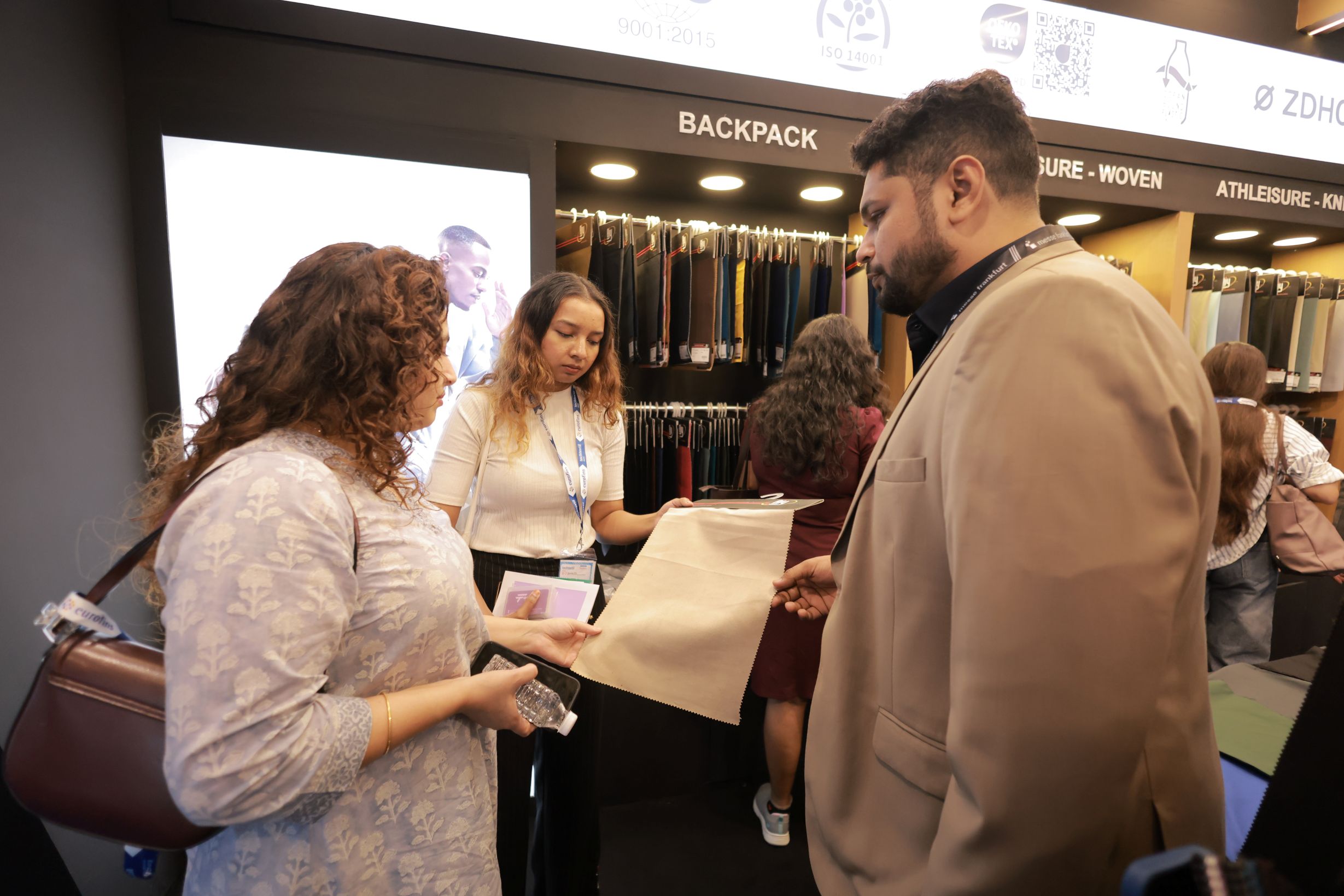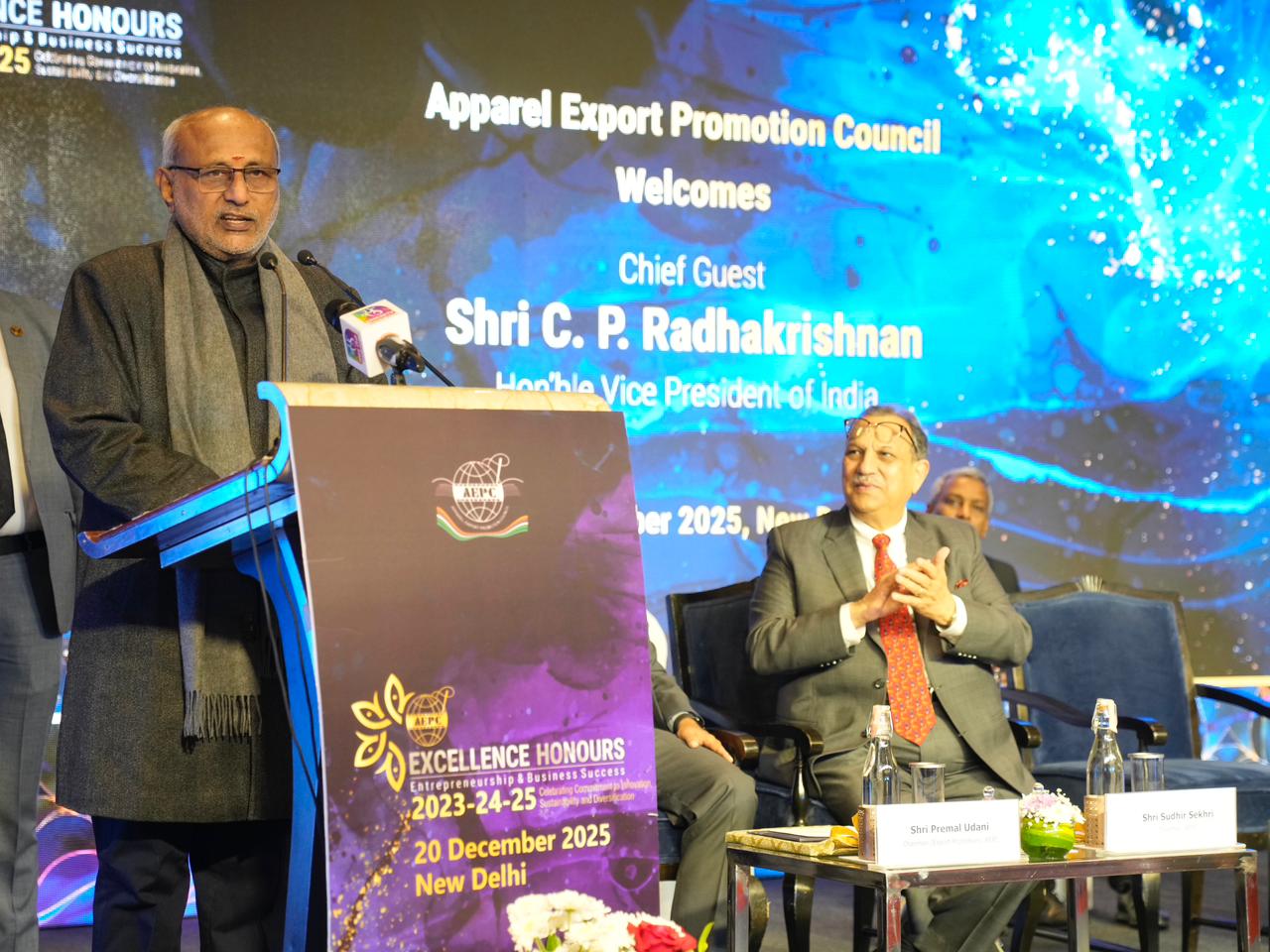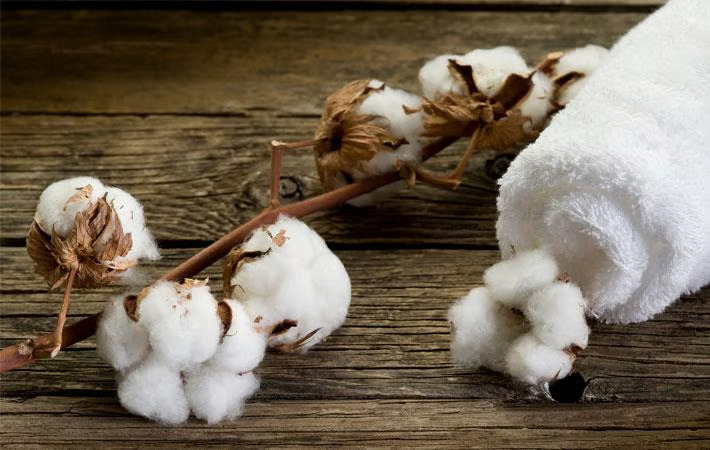FW
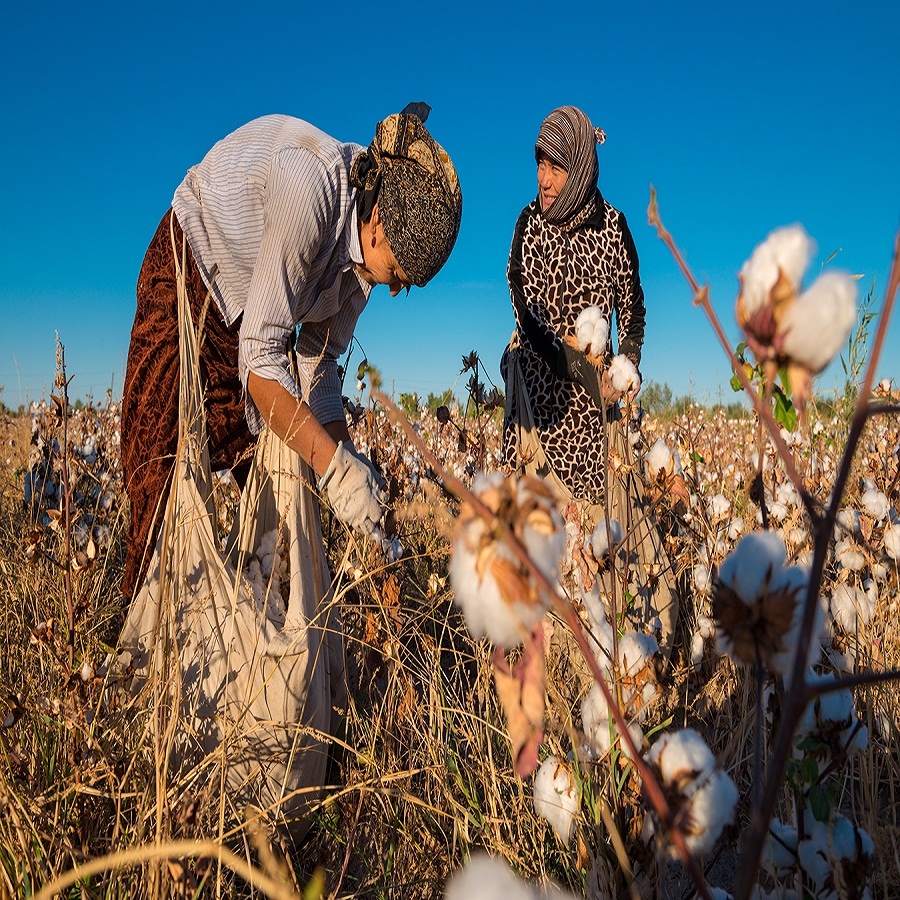
Forced labour, a norm
entrenched Both countries’ economies have deeply forced labour production systems.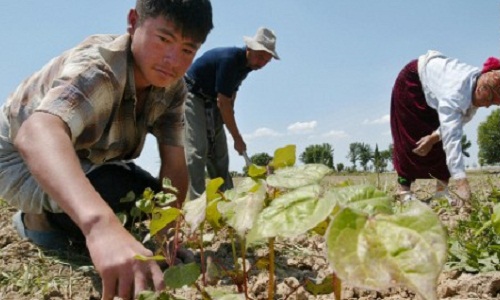 It works like this—the
It works like this—the
|
|
state owns most of the land, leases it to the farmers and imposes cotton production quota. If the annual quota is not met, it results in punishment, public humiliation or even loss of land.
The governments also deliberately set the procurement price of cotton lower than the cost of production. Besides, the governments have monopolies over everything; they buy and sell all the cotton and in turn make huge profits, but not for the benefit of the people but for the profit of corrupt private elites.
The pickers are recruited mainly from civil services; there are teachers, doctors, nurses and local administration employees who leave their regular jobs to work in the fields for a few weeks. The conditions they stay in are dismal—they often sleep in barracks without running water or basic sanitary equipment, work long hours daily to fulfil the government imposed cotton quotas of cotton. They face losing their jobs or regular harassment in their workplaces, if they refuse or fail to meet the quotas.
Yet, multinational companies and western governments continue to trade in Uzbek and Turkmen cotton, and promote business and investment in both countries, or precluded large World Bank investments in Uzbekistan.
One of the world's most oppressive regimes is Turkmenistan, which remains completely closed to any international scrutiny as there is no free media and human rights defenders face severe repression. Nothing seems to change for this year’s cotton harvest too.
A ray of hope
Uzbekistan, though, seems to be making progress. In April 2014 the country’s government committed to working with the International Labor Organization to eradicate forced labour. However, this action was not full-fledged, as the number of children in picking cotton in the fields reduced dramatically since 2012, the general system of forced labour remains intact.
The Uzbek government has changed its tactics and employed adults in place of children, thus not complying with national and international laws. If this was a ploy, it seemed to have worked, as few children in the fields and apparent openness to engagement won the government some praise from the international community. Finally, this year, the U.S. Department of State upgraded Uzbekistan in its Trafficking in Persons Report.
According to the Cotton Campaign, a coalition of human rights groups dedicated to ending forced labour in cotton production in Uzbekistan and Turkmenistan, of which Anti-Slavery International is a member, the police have assaulted have assaulted Elena Urlaeva, one of the most prominent Uzbek human rights defenders, for attempts to document forced labour in weeding the cotton fields and for disseminating leaflets with information about Uzbek laws prohibiting forced labour. This shows that the government is pulling all stops in any efforts to document the ground realities.
Though there is increasing demand since the last ten years for a change in Uzbekistan, the value of the trade to several international businesses means their governments are unlikely to maintain the pressure once some token concessions have been made by the Uzbek government. Therefore, the onus lies on the consumers-voters to urge the government to be strict with those that continue this slavery.
The textile and garment industry in Nigeria has been affected by the influx of cheap textile materials, inconsistent government policies and dumping of sub-standard textile materials in the country. The textile industry had about 170 mills in the 70s and 80s. Now it has come down to 34.
Smuggled goods come into the country without paying duty. Counterfeits and fake products pose a problem. Consumers take these to be Nigerian products while they are actually substandard products from Asia. Textile manufacturers say the challenge they face is not funding but the right to be able to compete globally.
Nigeria used to supply 18 per cent of the world’s requirement of cotton. Although the government has always promised to encourage local production, lack of an effective policy mechanism has hindered the actualisation of this intention. The textile industry feels sales would improve if it is allowed to make and sell defense and paramilitary uniforms.
The country has not really benefitted from the African Growth and Opportunity Act (AGOA). The purpose of the act was to give countries in sub Saharan Africa preferential trade access to the US market and as a catalyst for their economic growth. But freight and container charges through the Indian and the Pacific Oceans were too high for Nigerian entrepreneurs.
Trade.gov
India's exports still have a ray of hope with the possibility of a rebound in coming months despite a negative growth trajectory for nine months, from December 2014 to August 2015. Indian exports registered negative growth in 68 of the top 100 export destinations ranging from 10 per cent to 50 per cent.
All top 10 export destinations of posted negative growth: Saudi Arabia (minus 49.7 per cent), Singapore (minus 30.70 per cent), China (minus 20 per cent), Bangladesh (minus 16.4 per cent), Germany (minus 10.3 per cent), Hong Kong (minus 6.4 per cent), UAE (minus 4.8 per cent), Sri Lanka (minus 4.73 per cent), Britain (minus 3.83 per cent) and US (minus 3.82 per cent).
However, 32 of the top 100 destinations: Australia, Canada, Norway, Bahrain, Iraq, Czech Republic, Chile, Ghana and Afghanistan, among others, witnessed growth ranging between two per cent to 50 per cent. Exports constituting labour intensive products demonstrated positive growth. These included handicrafts, jute, ceramic products, carpets, tea, readymade garments and spices.
Experts say that the government should focus on encouraging exporters to venture into new countries and should launch information portals for providing comprehensive information about export opportunities in various markets.
Organised by Japan Sewing Machinery Manufactures Association (JASMA), JIAM 2016 Osaka will be held from April 6 to 9, 2016 at INTEXX Osaka. The 11th edition, under the theme ‘Innovative Solutions and Advanced Processing Technologies’, will run as Japan International Apparel Machinery & Textile Industry Trade Show to offer wider business solutions.
About 87 per cent of the fairground is occupied already, though there are seven months for the event. Also, it is likely that the coming show will increase its exhibition size as JIAM 2016 Executive Committee at JASMA is continuously receiving applications. The total exhibition size has grown by 15 per cent and amongst JASSMA, the show has witnessed a significant growth of 26.7 per cent in addition to a 17 per cent rise in the booth size amongst overseas exhibitors.
Overseas exhibitors from 13 countries /regions would be welcomed at the event. Several companies and organisations are seeking business opportunities at the show, together with first-time exhibitor from Bangladesh. Participation from the Asian region is receiving great attention.
The highlight of the event is the symposium and special presentations. The vitalisation of Japanese textile industry and the underlying strength of ‘Made in Japan’ manufacturing is one of the topics at the symposium.
India has beaten China to become the world’s largest cotton producer in 2014/15. And the gap in production is set to widen considerably. Despite a projected two per cent decline in India’s output in 20151-6 from a year earlier, thanks to a deficient monsoon, the country’s share in global cotton production is set to rise to 27 per cent from almost 25 per cent in 2014-15. However, higher output doesn’t mask the stark reality that India’s cotton yield is just above a third of China’s and much lower than the global average.
Experts fear the surplus local production in 2015-16 could worsen a domestic glut and further dent local prices, as exports have plunged. Exports of cotton may remain negligible in 2015-16 owing to a massive fall in purchases by China, which typically accounted for over 70 per cent of India’s outbound shipments of the fiber.
China, the world’s largest cotton consumer as well as importer, has been attempting to move away from labor-intensive sectors like garments to more capital-intensive ones. The country has been offloading stocks from its huge reserves and also trimming subsidy support to cotton farmers for over a year now as wage costs have been soaring.
A study released recently by the Clean Clothes Campaign, in collaboration with several labour groups, the single largest buyer of garments from Bangladesh, H&M is still behind schedule in improving the factories it sources from. H&M’s ‘Platinum’ and ‘Gold’ suppliers, the only ones looked into by the report, apparently have the highest standards in labour and environmental protections and comprise of 56 out of the 229 factories that H&M uses in Bangladesh.
The Rana Plaza tragedy in 2013 prompted over 200 clothing brands from around the world to sign a binding commitment to create a Bangladeshi garment industry ‘in which no worker needs to fear fires, building collapses, or other accidents that could be prevented with reasonable health and safety measures.’
A coalition of European organisations advocates garment workers’ rights, a part of which is the Clean Clothes Campaign. It collaborated with the International Labour Rights Forum, Maquila Solidarity Network, and Worker Rights Consortium, with research assistance from Fordham University’s School of Law for this report. A spokesperson for the campaign, H&M was the focus of the report as it was the largest buyer from Bangladesh, and thus had significant leverage in the country.
In a press release issued by H&M, it said that every factory H&M sources from meets the Accord’s minimum requirements for operation. Factories in which H&M was the lead brand, almost 60 per cent of the remediation work was complete with good progress in sight, the release added. The company spokesperson, in a statement said that technical and structural issues in factories that ‘require more time and access to technology not available in Bangladesh was the reason for the delay, apart from a huge workload for the inspection experts.
www.hm.com
Mexico’s government was recently recommended to comply with an ILO request for reforms to the country’s Federal Labour Law, by eight major apparel brands via a joint letter. Compliance would ensure greater respect for workers right to freedom of association and collective bargaining. The letter specifically points to the issue of protection of contracts as it allows registration of collective agreements by trade unions that cannot demonstrate the support of majority of workers they intend to represent, by means of a democratic election process.
Many Mexican workers still don’t have access to copies of these agreements mentions the letter. An initiative of the multi-stakeholder Mexico Committee, the letter comprises of IndustriALL Global Union.
Fernando Lopes, Assistant General Secretary, IndustriALL says Mexico is under pressure from governments, democratic unions and the ILO to implement concrete measure to guarantee workers right to be represented by a union of their choice and bargain collectively. He further applauds the brands for supporting the call for freedom of association in Mexico.
The Committee also includes a number of US and European apparel and sportswear brands, the Fair Labor Association, and the Maquila Solidarity Network (MSN), apart from IndustriALL. Mexico will take concrete steps to ensure that positive reforms made to the country’s Federal Labour Law in 2012 are fully implemented at the local level, expresses the joint letter.
Requirements for greater transparency of collective bargaining agreements (CBAs) and union registrations and bylaws, urgent revision of clauses in CBAs that permitted the firing of workers who are expelled from or voluntarily resign from an unrepresentative union are included in the reforms cited.
Bangladesh has called for a relaxation of stringent rules of origin so that more products from least developed countries can enjoy duty benefits. Rules of origin are used at the port of entry to determine the national source of a product for duty purposes and easing them has been a longstanding demand of less developed countries.
Due to strict rules, many products originating from less developed countries are subject to entry barriers or high duty. Bangladesh became a victim of rigid rules on exports of clothing items to Japan. The apparel items were manufactured from imported cotton or yarn, so they were not considered products originating from Bangladesh. But in April this year, Japan relaxed its rules of origin, as of result of which Bangladesh is now enjoying duty benefits on export of knitwear items.
Bangladesh also wants extension of the duration of TRIPs (Trade Related Intellectual Property rights) agreement such that essential products of less developed countries can enjoy flexible patent rights. For example, Bangladesh is exempt from the implementation of the TRIPS agreement until 2016 for pharmaceutical products. This allows Bangladeshi consumers to benefit from cheap medicines.
Less developed countries also seek duty-free and quota-free market access for their products to developed countries.
During February 2015, India exported 53.3 million kg of spun yarn to China and 14.9 million kg to Bangladesh. Of these, 53.2 million kg and 13.2 million kg respectively were cotton yarn. Among the 73 countries to which cotton yarn was exported in February 2015, Jordan paid the least and Japan paid the highest price.
However, such a wide variation may have occurred due to size of the volume, quality differentials, deliverability, and other technical aspects. But for China and Bangladesh, these qualifications are assumed to be neutral since the cargo-mix could be the same on an average.
Although China was the largest importer of Indian spun yarns, especially cotton yarn, it paid much lower than the second largest importer, Bangladesh. China was the largest importer of 32/1 cotton yarn. Export of 30/1 yarn to Bangladesh stood at 3.15 million kg and the same to China was 1.80 million kg.
Buyers in China are negotiating aggressively taking advantage of volume, which appears lacking in buyers from Bangladesh. Overall, higher volumes do have the advantage of getting equilibrium in cotton yarn pricing. In February 2015, China imported cotton yarn at 48 cents lower than Bangladesh.
The newly elected central chairman of All Pakistan Textile Mills Association (APTMA), Tariq Saud has sworn to restore the viability of textile industry to ensure growth and sustainability. Saud said that the country’s textile industry was set to invest $1 billion per year in case the government ensures a congenial environment to double exports in the next five years. He added that the government is expected to restore the confidence level of textile millers by announcing a textile package soon.
He assured the members that he and his team would do everything possible to take forward the agenda of growth and sustainability of the textile industry while ensuring regional competitiveness. He gave this assurance on the occasion of the 57th Annual General Meeting of APTMA during his maiden speech. Saud added that APTMA would be represented in the same fashion as it had been earlier on by previous management and stressed upon harmony and unity amongst APTMA members to resolve issues amicably.
Saud said it was unfortunate that the textile industry, which is mainstay of the economy, leading foreign exchange earner and employment provider through backward and forward linkages, was currently passing through unprecedented crisis. Thus, the capacity to produce $3.3 billion worth of exports was already closed. Saud is confident that the Prime Minister would announce a textile package for restoration of competitiveness in the international market and safeguard the textile industry in domestic commerce. This according to Saud, would drive industrialisation and economic growth. The much awaited textile package covers the entire textile value chain, he added.



